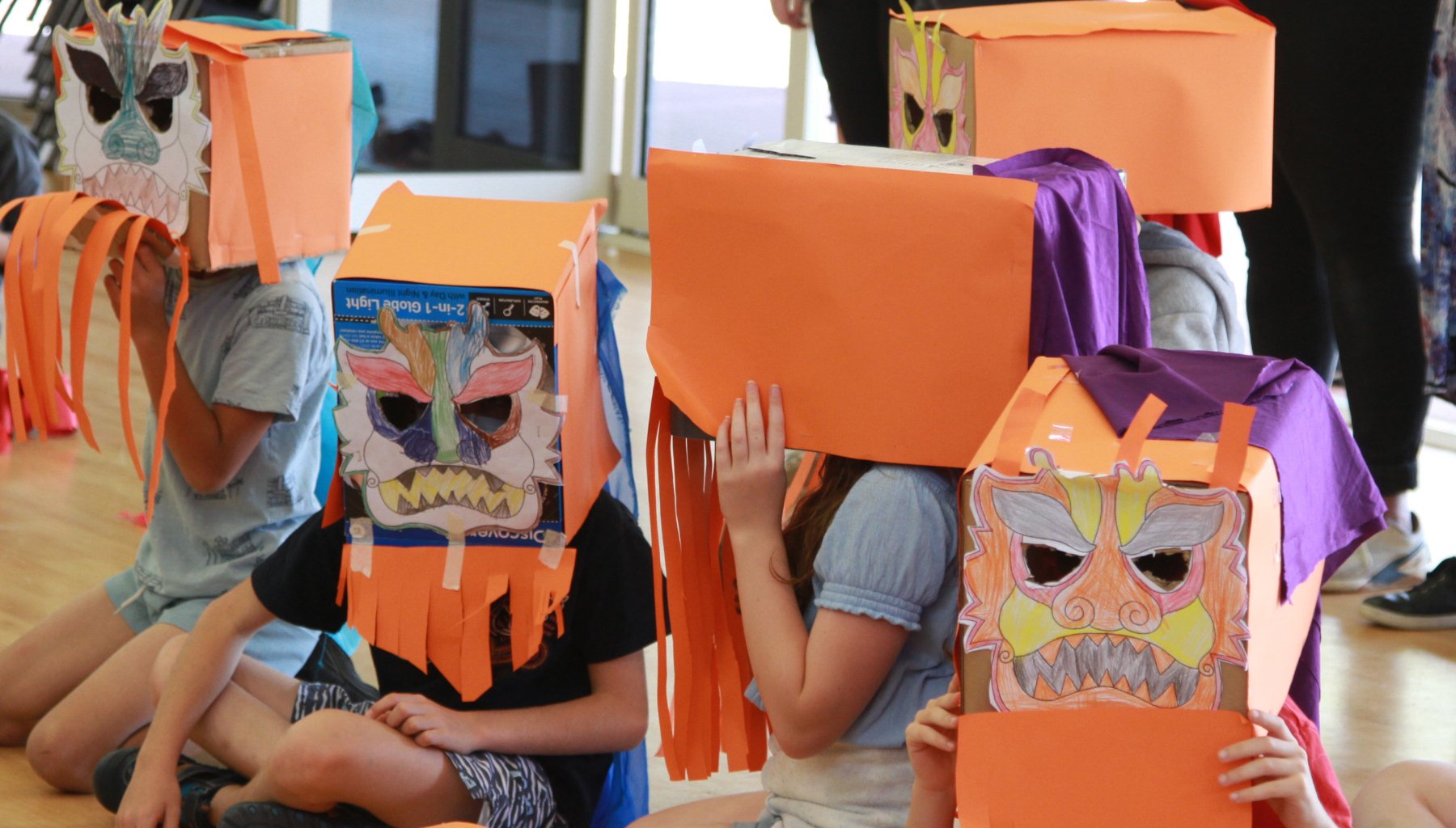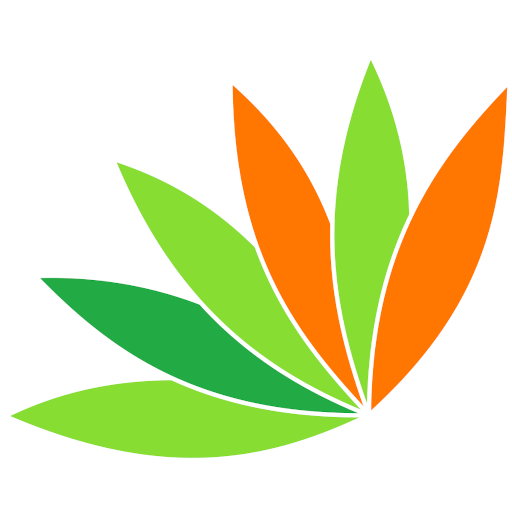
Languages
Our language program is fun, and engaging, and helps students develop an additional language for life.
Village School teaches languages to students using an immersive approach, and we use a wide variety of experiences to support different learning styles and backgrounds. Our language program aligns with the Victorian curriculum, ensuring that students develop the skills to use and understand a second language.
Language Curriculum
Learning languages in addition to English (LOTE) helps students broaden their understanding of different linguistic structures and cultures, whether as a first, second or background language. Our children begin by learning the foundations of our LOTE subject and then increase their vocabulary and speaking and writing skills over time.
-
Students participate in conversations and interactions and create simple written materials, including correspondence, plans, and stories that include both characters and events. They also obtain information from written and spoken sources and begin translating and interpreting texts. Children engage with characters and stories from texts and reflect on the differences and similarities between the two cultures and languages.
-
Over time, children begin to distinguish between words by sound, by observing intonation, stress and phrasing and can form basic sentences to express common details. They learn about the importance of characters, structure and sequence in determining the meaning of content, and can predict meaning from specific features. Students develop an understanding of the diversity of language forms, how roles and relationships are conveyed via language features, and explore how language is used to express culture.
General capabilities
Studying a language other than English (LOTE) helps students develop their general skills in a range of ways:
Learning how to read and write in a language other than English
Recognising and using simple numbers and number systems in a different language
Making use of ICT resources to research and complete language activities
Exploring the differences between cultures and languages using critical thinking
Developing their interpersonal and social skills in the context of another culture
Understanding that cultural differences are more than just speaking a different language
Languages at Village School
We strive to create a language program that is fun and engaging for all students, regardless of age or ability, while supporting them to develop an additional language that will serve them in life. Over the years, we have offered a few different languages at Village School, including Auslan, Indonesian, Mandarin and Italian. Our current language other than English (LOTE) subject is Auslan. As with our other subjects, we design learning activities that give students practical experience using and understanding a language and adjust them as required to suit individual interests and abilities.
We also encourage self-directed projects to keep students motivated and focus on strengthening the learning process while allowing learning outcomes to emerge naturally from our language-based activities.
Examples of language activities
To help students absorb our LOTE content effectively, we use a range of hands-on learning activities, as illustrated by the following examples.
-
Students made the Chinese New Year dragon complete with noisy instruments so that it could make an appearance in a whole school meeting.
-
Having a multicultural feast for Harmony Day, where there were Chinese dumplings in the kitchen, Dutch pancakes in the Gazebo, Italian Pizzas in the outdoor home-made pizza oven and French crêpes in the Hall.
-
When our LOTE was Auslan, the children prepared a song where they ‘signed’ the song as they sang it, for our Graduation Concert.




